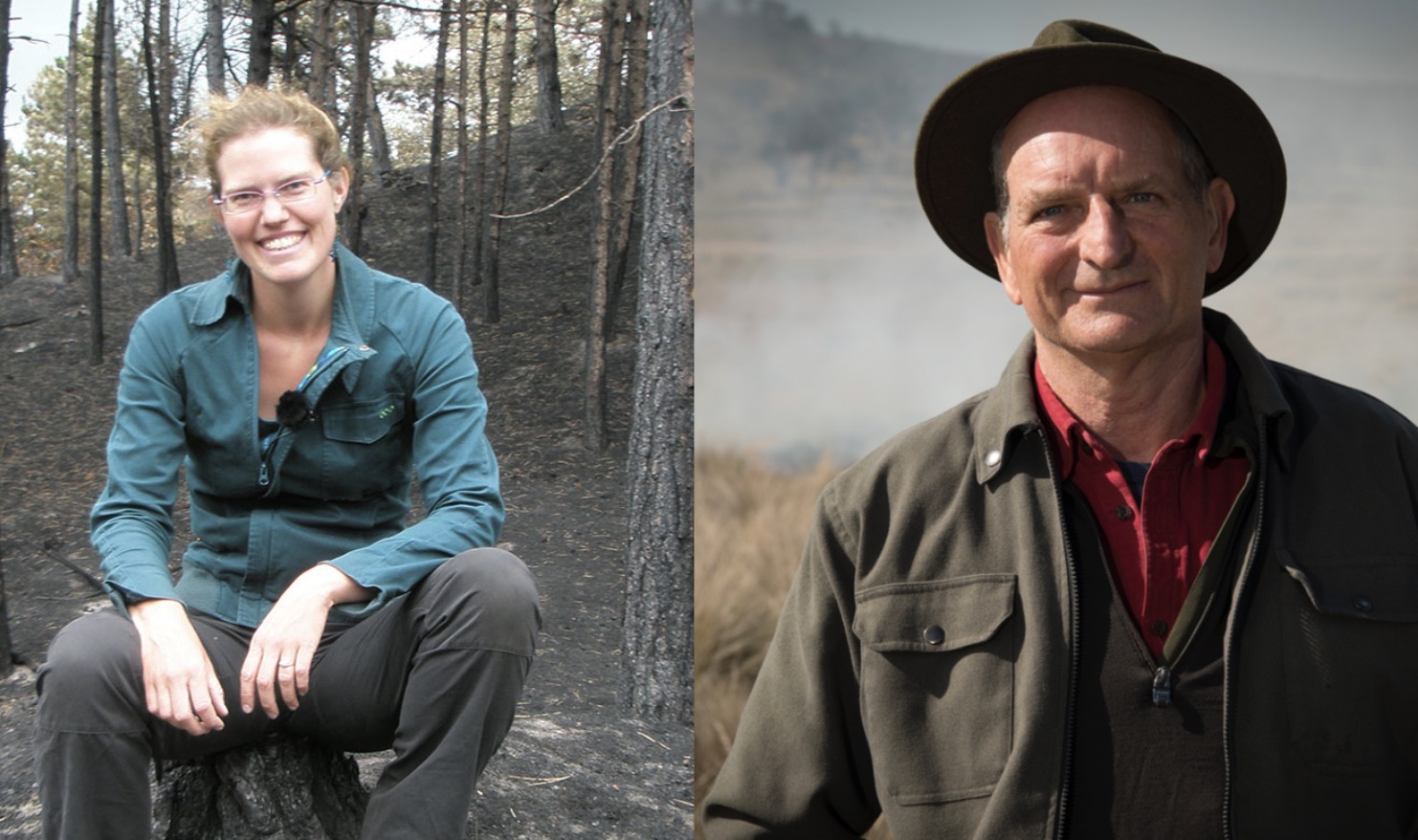
David M. J. S. Bowman and Cathelijne Stoof wrote the following letter to the journal Nature (571, 478 [2019]), dated July 23, 2019:
Diversity helps fight wildfires
As professionals who study the control and prevention of wildfires, we argue that reducing the resulting loss of life and property calls for the involvement of socially diverse local communities.
People from different cultural backgrounds respond differently to wildfire risk, as do men and women (C. Eriksen; Gender and Wildfire: Landscapes of Uncertainty; Routledge, 2013). This presents practical and policy challenges for firefighting agencies. For instance, fire prevention and emergency warning must be tailored to specific groups. And engagement with local communities could be an awkward fit with wildland firefighting institutions, which are strongly hierarchical and have a masculine culture (A. M. S. Smith and E. K. Strand Fire 1, 45; 2018).
Fire-prevention strategies should include public education and real-time mass communication (see also A. M. S. Smith et al. Bioscience 66, 130–146; 2016). Communities need advice on managing fire risk. This requires devolution of political power from centralized bureaucracies to local organizations, and promotion of disciplinary, sectoral and social diversity among fire scientists, policymakers and wildfire managers.

